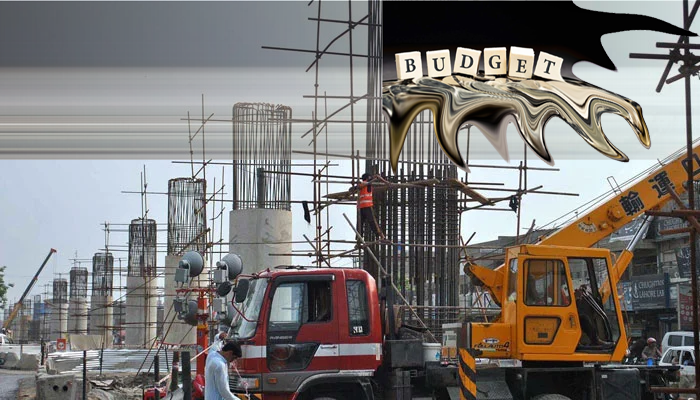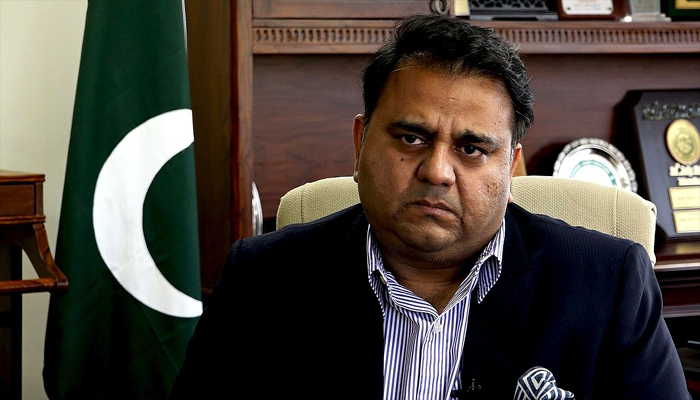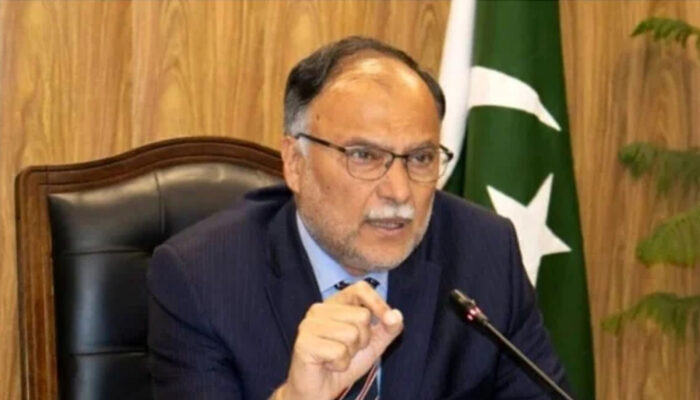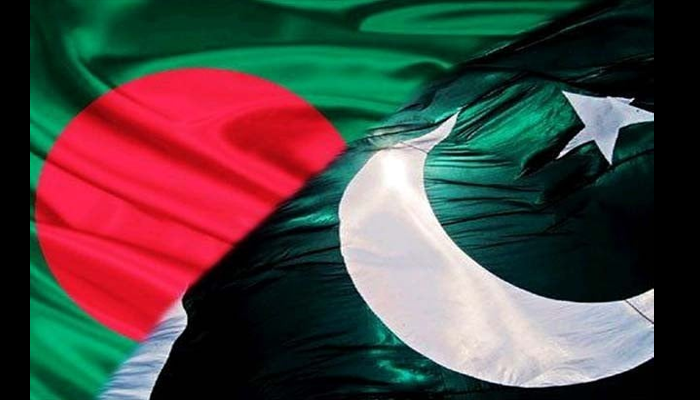ISLAMABAD – The federal government is planning to allocate Rs1 trillion for the Public Sector Development Programme (PSDP) in the upcoming fiscal year 2025–26, significantly scaling back the Rs3 trillion worth of funding demands submitted by various ministries, official documents reveal.
Initially, the Finance Ministry had proposed a development budget ceiling of Rs921 billion. However, following internal consultations, this figure was raised to Rs1 trillion, still well below the combined demands from federal ministries and divisions.
The PSDP serves as the primary instrument for funding development and infrastructure projects, reform initiatives, and public service improvements. The proposed allocations reflect a cautious and targeted approach, prioritising strategic sectors amid fiscal tightening.
According to the breakdown, the Cabinet Division will receive a major chunk of Rs50.33 billion. This is followed by the Defence Division, which is set to get Rs11.55 billion, while the Defence Production Division will receive Rs1.78 billion. The Establishment Division has been allocated Rs495 million.
Other key allocations include Rs2.78 billion for the Ministry of Climate Change, reflecting growing concern over environmental sustainability. The Board of Investment is earmarked Rs1.10 billion to bolster efforts to attract foreign and domestic investment. The Commerce and Communications Divisions are allocated Rs400 million and Rs200 million, respectively.
These figures come as the government faces scrutiny over under-utilisation of previously allocated development funds. Against a downwardly revised PSDP allocation of Rs1.096 trillion for FY25, the government had utilised only Rs593 billion — just 54% — in the first 11 months. Notably, the controversial Sustainable Development Goals (SDGs) Achievement Programme, reserved mainly for parliamentarians on treasury benches, utilised 71% of its Rs48 billion allocation, amounting to Rs35 billion.
Originally, the FY25 PSDP had been set at Rs1.4 trillion, including public-private partnership (PPP) initiatives. However, it was first revised to Rs1.25 trillion and then again to Rs1.096 trillion due to fiscal constraints.
The FY26 budget, expected to be presented by Finance Minister Muhammad Aurangzeb on June 10, is being shaped under the guidance of the International Monetary Fund (IMF). The budget aims to maintain economic stability while advancing critical reforms. The original budget presentation, scheduled for June 2, was delayed after unresolved talks with the IMF regarding tax relief for the salaried class.
Despite the planned development spending, the government faces a daunting challenge in meeting its ambitious revenue target of Rs14.2 trillion, especially given a growing shortfall in the revised collection target of Rs12.33 trillion for the outgoing year.
Analysts at Topline Securities and Arif Habib Limited forecast the government will maintain its trajectory of primary fiscal balance improvement, targeting a surplus equivalent to 1.6% of GDP in FY26.
As budget day nears, all eyes remain on whether the government can strike a balance between development, fiscal discipline, and political sensitivities, particularly amid ongoing IMF negotiations.









